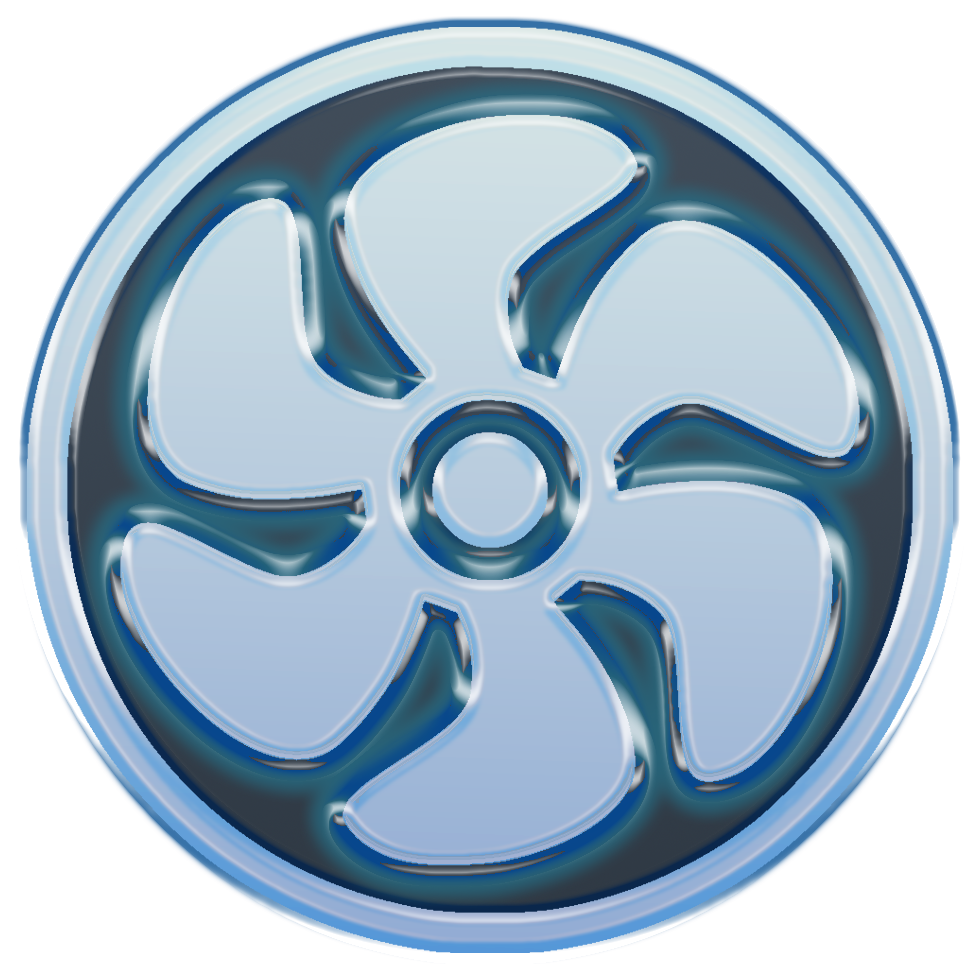
The Ekranoplan and its Technological Significance
The Ekranoplan is a revolutionary aircraft that operates on the principle of ground effect technology. It is also known as the wing-in-ground effect vehicle (WIG), which uses the aerodynamic phenomenon of ground effect to generate lift and reduce drag. The Ekranoplan’s unique design and capabilities have the potential to transform aviation and revolutionize many aspects of transportation, especially in the military domain. This article will discuss the Ekranoplan’s history, design, advantages, disadvantages, and future prospects.
Understanding Ground Effect Technology
Ground effect is the phenomenon in which an aircraft flying close to the ground experiences an increase in lift and a reduction in drag. This effect occurs due to the compressed air between the aircraft’s wings and the ground, which creates an air cushion that increases the lift-to-drag ratio. The ground effect can extend up to a height of approximately one-third of the aircraft’s wingspan. The Ekranoplan utilizes this phenomenon to fly efficiently and at high speeds near the surface of the water, land, or ice.
The Birth of the Ekranoplan Concept
The concept of the Ekranoplan originated in the Soviet Union during the 1960s when a team of engineers led by Rostislav Alexeyev began to experiment with ground effect technology. Their aim was to create a new class of aircraft that could operate at high speeds and over long distances, while consuming less fuel and with the ability to carry heavy loads. The design of the Ekranoplan was inspired by the Caspian Sea Monster, a prototype aircraft that Alexeyev had developed earlier.
The First Ekranoplan: The KM
The first operational Ekranoplan, known as the KM or the Caspian Sea Monster, was developed in 1966. It had a wingspan of 37 meters and could carry up to 100 passengers or 50 tons of cargo. The KM could travel at a speed of 400 km/h and fly as low as 4 meters above the water surface. The KM was primarily used for military purposes, such as reconnaissance and missile launch. However, its development was halted due to technical difficulties and accidents during testing.
The Lun-Class Ekranoplan: A Flying Battleship
The Lun-class Ekranoplan was a massive aircraft developed by the Soviet Union during the 1980s. It had a wingspan of 44 meters and could carry up to six anti-ship missiles and a crew of 15. The Lun-class was designed to fly at a speed of 500 km/h and operate at an altitude of 5 meters above the water. It was intended for use as a fast attack vehicle against enemy naval forces. However, only one Lun-class was built, and it was decommissioned after the collapse of the Soviet Union.
Variations of the Ekranoplan: Military and Civilian Applications
The Ekranoplan has various applications for both military and civilian purposes. The military uses include transport of troops and equipment, patrol, reconnaissance, and missile launch. The civilian uses include cargo transport, search and rescue, tourism, and passenger transport. However, due to the technical and regulatory challenges, the civilian applications of the Ekranoplan have not yet been fully explored.
The Future of the Ekranoplan: Advancements and Challenges
The future of the Ekranoplan depends on its ability to overcome the technical and regulatory challenges. The Ekranoplan faces several challenges, such as safety concerns, noise pollution, and environmental impacts. However, advancements in technology, such as lightweight materials, advanced sensors, and electric propulsion, could overcome these challenges and make the Ekranoplan a viable option for transportation.
Advantages of the Ekranoplan Over Traditional Aircraft
The Ekranoplan has several advantages over traditional aircraft, such as airplanes and helicopters. It can operate at high speeds while consuming less fuel, carry heavier loads, and operate in shallow waters or rough terrain. The Ekranoplan also has a low radar signature, making it difficult to detect by enemy forces.
Disadvantages of the Ekranoplan: Technical and Operational Considerations
The Ekranoplan has some disadvantages, such as technical and operational considerations. It requires a long takeoff and landing distance, which limits its use to specific locations. The Ekranoplan also requires specialized maintenance and training, which adds to its operational costs. In addition, the Ekranoplan can be susceptible to weather conditions, such as high waves and strong winds.
Environmental Impacts of the Ekranoplan: Noise and Pollution
The Ekranoplan’s impact on the environment is a major concern due to its noise and pollution. The Ekranoplan generates a high level of noise, which can disturb marine life and cause hearing damage to humans. In addition, the Ekranoplan’s engines emit pollutants, such as carbon dioxide and nitrogen oxides, which contribute to climate change and air pollution.
The Ekranoplan – A Game-Changer in Aviation
The Ekranoplan is a game-changer in aviation, with its unique design, capabilities, and potential applications. The Ekranoplan has the potential to transform transportation by offering faster, safer, and more efficient options for military and civilian purposes. However, the Ekranoplan must overcome several challenges, such as safety concerns, technical difficulties, and environmental impacts. With continued research and development, the Ekranoplan could become a reality and revolutionize the future of aviation.
References and Further Reading
- Ekranoplan: The Soviet Union’s Secret Military Monster. (2020). Smithsonian Magazine. Retrieved from https://www.smithsonianmag.com/history/ekranoplan-soviet-unions-secret-military-monster-180974820/
- Ground Effect Vehicles (GEVs): New Technologies for Fast Ferries and Marine Transportation. (2004). World Maritime Technology Conference. Retrieved from https://www.researchgate.net/publication/228521665_Ground_Effect_Vehicles_GEVs_New_Technologies_for_Fast_Ferries_and_Marine_Transportation
- Palmer, W. J. (1992). Soviet Ekranoplans: The Caspian Sea Monster and Other Wig Craft. Annapolis: Naval Institute Press.

